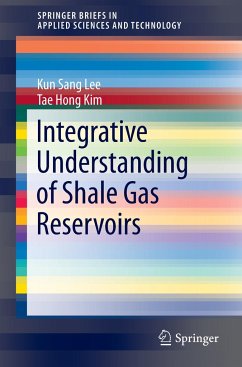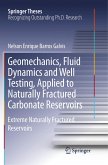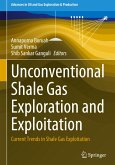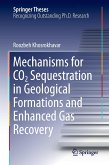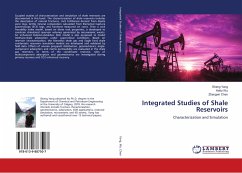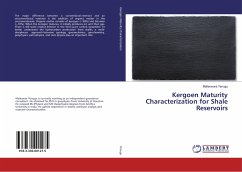This timely book begins with an overview of shale gasreservoir features such as natural fracture systems, multi-fractured horizontalwells, adsorption/desorption of methane, and non-linear flow within thereservoir. Geomechanical modelling, an aspect of importance in ultra-lowpermeability reservoirs, is also presented in detail.
Taking these complex features of shale reservoirs intoaccount, the authors develop a numerical model, which is verified with fielddata using the history matching technique. Based on this model, the pressuretransient and production characteristics of a fractured horizontal well in ashale gas reservoir are analysed with respect to reservoir and fractureproperties. Methods for the estimation of shale properties are also detailed.Minifrac tests, rate transient tests (RTA), and type curve matching are used toestimate the initial pressure, permeability, and fracture half-length. Lastly,future technologies such as the technique of injecting CO2 intoshalereservoirs are presented.
The book will be of interest to industrial practitioners, aswell as to academics and graduate students in the field of reservoirengineering.
Taking these complex features of shale reservoirs intoaccount, the authors develop a numerical model, which is verified with fielddata using the history matching technique. Based on this model, the pressuretransient and production characteristics of a fractured horizontal well in ashale gas reservoir are analysed with respect to reservoir and fractureproperties. Methods for the estimation of shale properties are also detailed.Minifrac tests, rate transient tests (RTA), and type curve matching are used toestimate the initial pressure, permeability, and fracture half-length. Lastly,future technologies such as the technique of injecting CO2 intoshalereservoirs are presented.
The book will be of interest to industrial practitioners, aswell as to academics and graduate students in the field of reservoirengineering.

